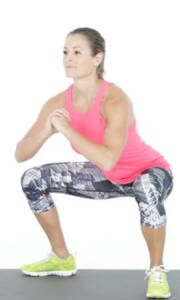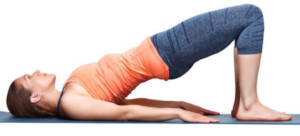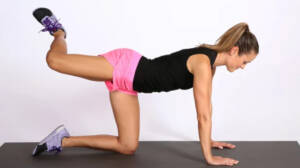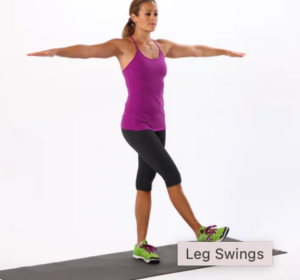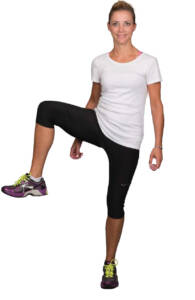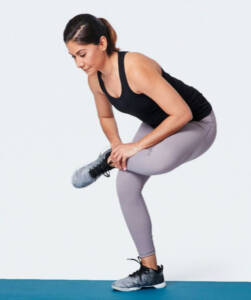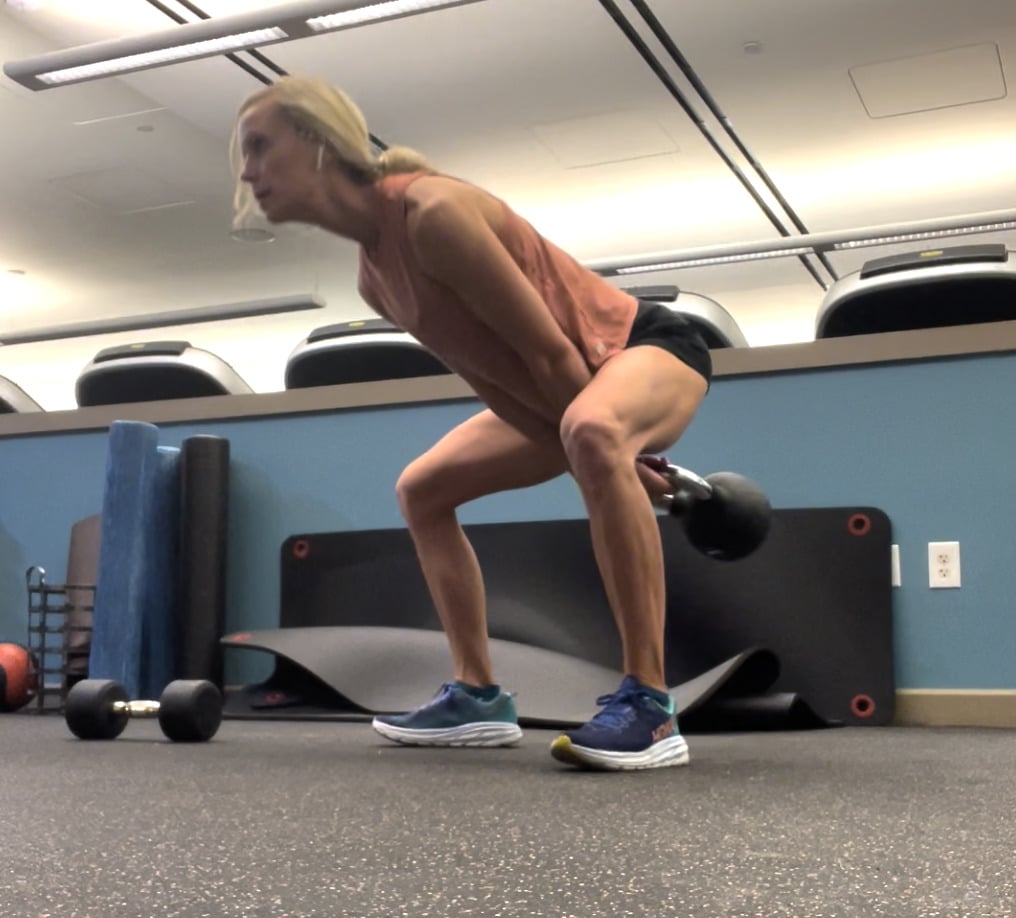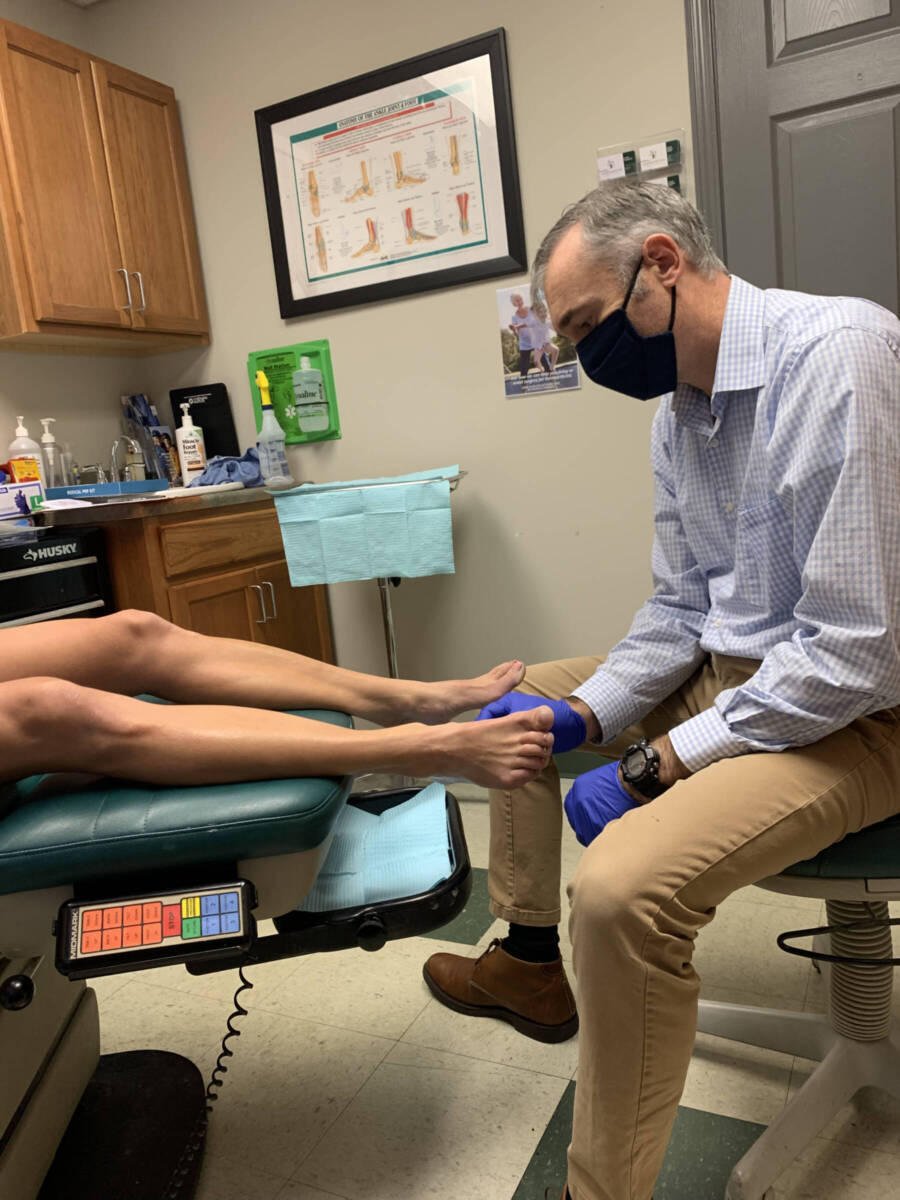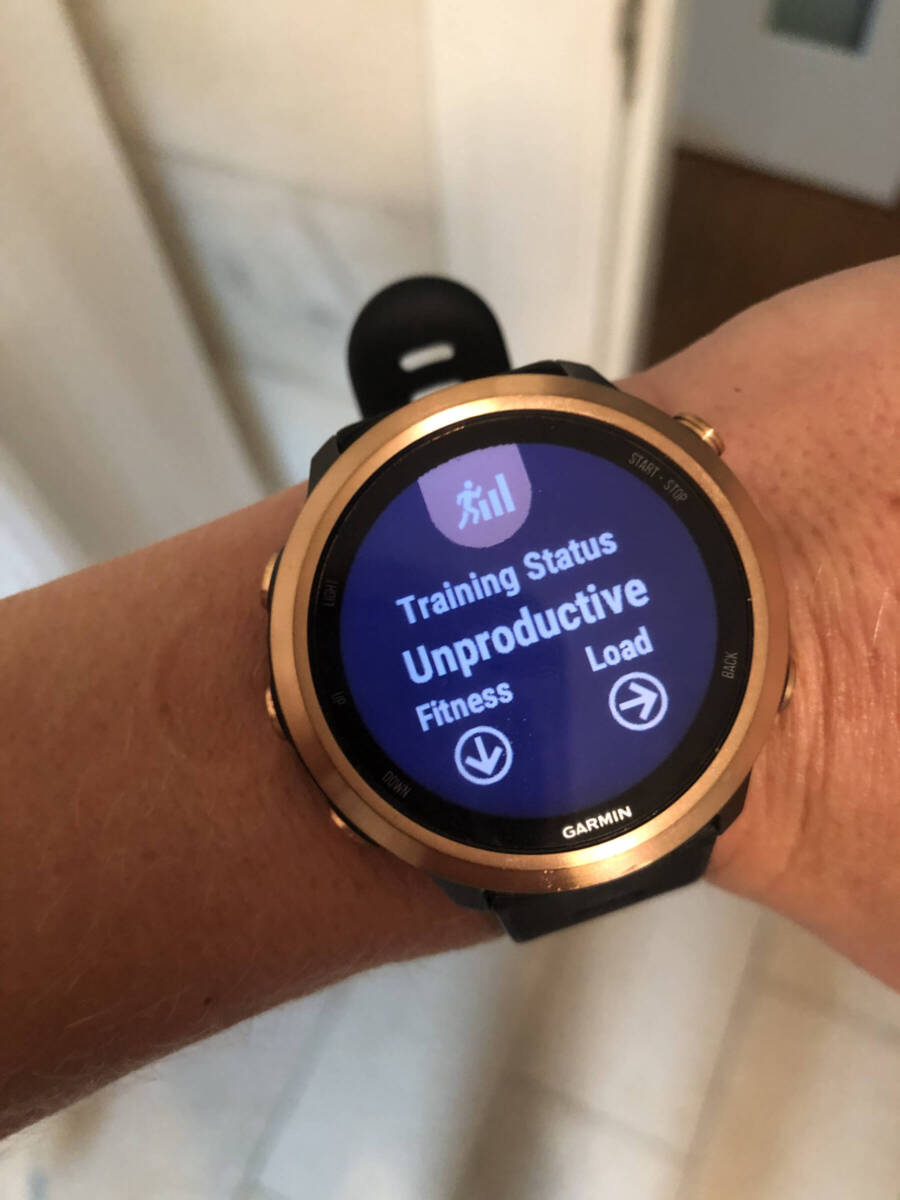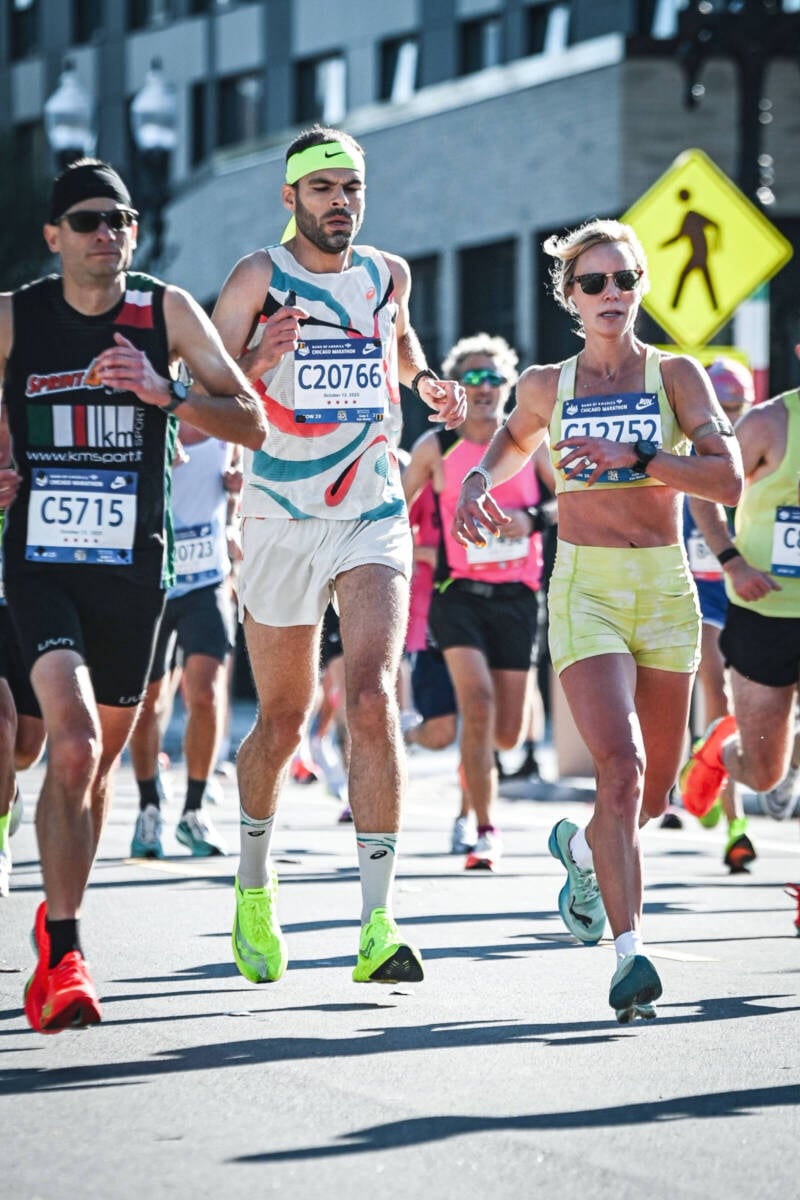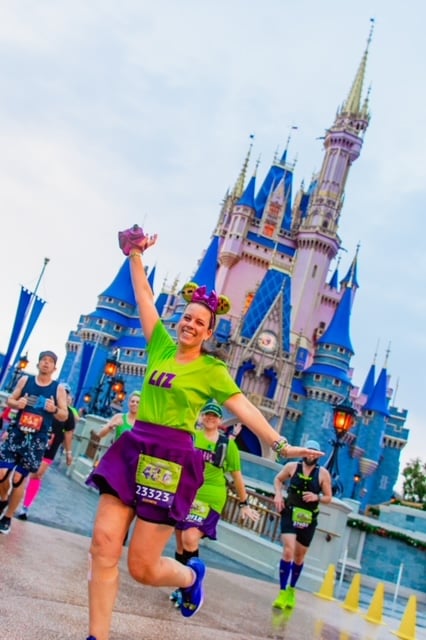How to Warm Up for a Run in 5 minutes
Most of us don’t take the time to warmup for a run because we hardly have time to run. But warming up for a run is incredibly important for preventing injury and helping you run more efficiently. So I am sharing my 5 min run warmup so you can feel your best running. These moves don’t take long and are easy to do!
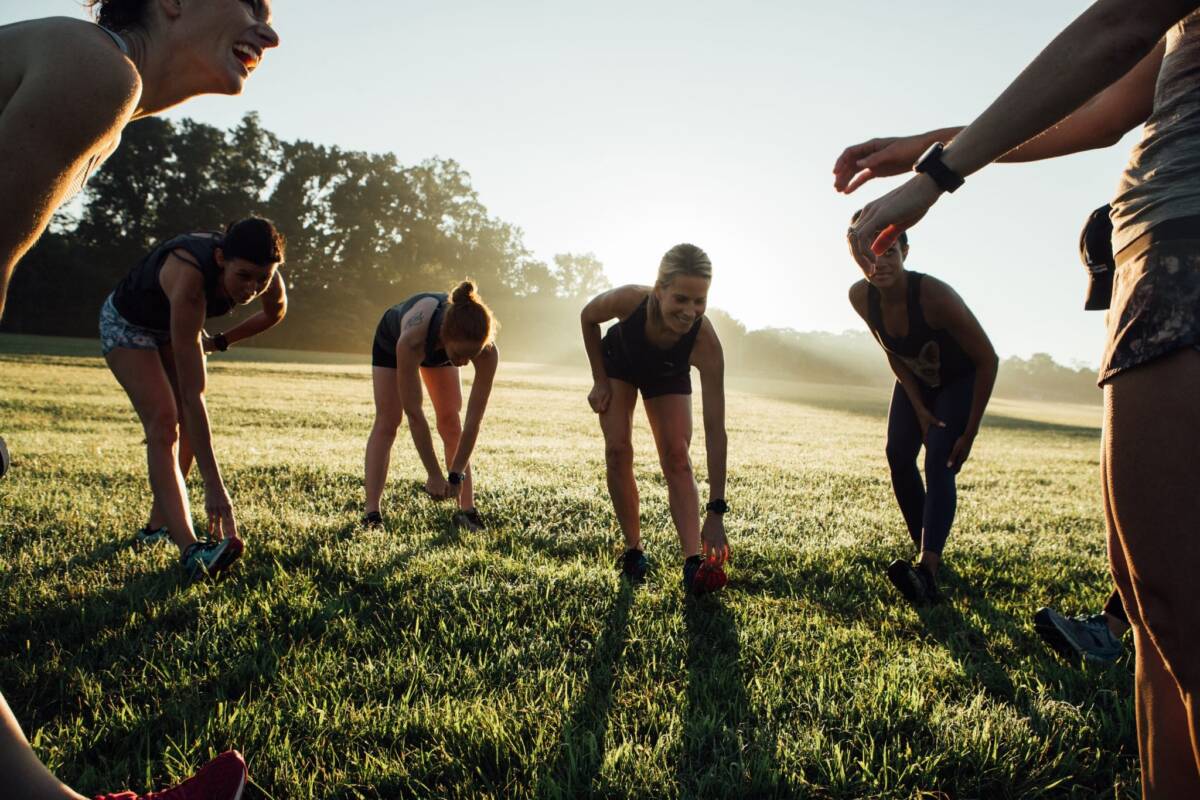
It’s important to note that a running warmup involves dynamic stretches, not static stretching. Static stretching is where you hold poses for 15 seconds or so at a time. Dynamic stretches are where you move through your joints’ range of motion readying the body for movement (e.g. like swinging your legs or circling your hips).
Table of contents
- 5 Min Run Warm up
- FAQ’s Running Warmup
- Do you need to warm-up before a run?
- How do runners warm up?
- How should I warm up for a morning run?
- Should I stretch before I run?
- What are dynamic stretches?
- Why are dynamic stretches better for runners than static stretches?
- What’s the difference between flexibility and mobility?
- Are mobility exercises and dynamic stretches the same thing?
- Should I foam roll as part of my pre-run warm-up?
- Should I use a massage gun before a run?
In addition to the fact that dynamic stretching helps you prevent injury and run faster, it also takes less time to do. Even when I wake up at 4 a.m to run, I will take just a couple of minutes to do my running warmup. I’ll drink my coffee, change into the clothes I laid out the night before, and do my leg swings and air squats in my living room before heading out the door.
Now, I’m going to share with you my 5 min run warmup which I also share with my athletes I coach!
5 Min Run Warmup
Air squats
- Stand with your feet shoulder-width apart, toes pointed forward.
- Sit your hips back as if you are sitting in a chair. Keep your chest up and your knees over (not past) your toes. Keep your weight in your heels.
- Tense your glutes and pop back up.
- Repeat 10 times or until you feel your heart rate rise.
Glute bridge
- Lay on the ground to perform a glute bridge which activates the posterior chain.
- Lay on your back with your knees bent.
- Squeeze your glutes and lift your hips up to knee level.
- Return slowly to the floor.
- Repeat 10 times.
Donkey kicks
- Get on all fours with your hands under your shoulders and your hips over your knees. Keep you back flat, core tight and tuck your chin.
- Lift your leg up and in line with your hips.
- Swing your leg forward in a controlled motion so that it is in line with your hips. Don’t rotate your spine when you do this.
- Repeat 10 times on each side.
Leg Swings Forward & Backward
- Find a wall and hold onto it with one hand.
- With a straight leg, swing your leg in front of you and behind you.
- Do 5. Repeat on the other side.
- Then, repeat on both sides with a slightly bent leg.
Leg Swings Side-to-Side
- Next, turn so that you are facing the wall, holding it with both hands.
- Swing your straight leg in front of your body from side to side. Do 5 swings.
- Repeat on the other leg.
- Keep your core straight for all these swings and move in a controlled, not forced, motion.
Standing hurdler stretch
- Still holding the wall in front of you, lift your leg as if you were going over a hurdle. Try to keep your knee bent at 90 degrees and in line with your hip.
- Circle your knee forward five times and backward five times.
- Repeat on the other leg.
- You can also do this stretch on all fours in the fire hydrant position.
Quad pull
- Still holding the wall, gently bend your leg behind you and grab your foot. Give it a gentle pull for just a second or two.
- Repeat ten times and switch to the other side.
- You can also do this dynamic stretch while walking.
Piriformis and IT Band Activation
- Still by the wall or walking, now bring your foot forward in front of you with your knee bend at a 90-degree angle with your foot over the opposite knee.
- Grab it with both hands and gently pull it, feeling a stretch in the glute and lateral quad.

- Repeat 10 times on each side.
FAQ’s Running Warmup
Do you need to warm-up before a run–even a slow, short run?
You should warm up before a run—any run—long, short, fast, or slow. Doing a proper warm up before your run preps the body for activity. It gets your heart pumping blood to your muscles which gets them ready for movement. This limits your risk of injury, enhances running performance, and decreases your muscle soreness after your run.
Think of it this way: a little warm-up is like a cup of coffee for your body. It gets it alert and ready for the day. Not warming up is like when your kid wakes you up and you’re thrown into the day without warning. Not good.
Give your precious body a warning.
How do runners warm up?
Most runners will warm up with some light activity such as air squats to get their blood circulating. Then they will do some dynamic stretches and possibly activation drills like a glute bridge or bird dog. These warm-up exercises will focus primarily on the major leg muscle groups, hips, and core.
Many runners have their own customized warm up running routines depending on injury history. Some runners like to use a foam roller or massage gun to prime muscles for activity.
How should I warm up for a morning run?
You should warm up before a morning run by doing some dynamic leg stretches in your house and then running easy for a mile or two before picking up the pace (if prescribed).
Here is how my morning running routine generally looks if I’m doing a base-building run:
- 5 a.m. wake-up, drink coffee and work on my computer. I eat a bagel with some nut butter.
- 5:50 a.m. I get dressed in the running clothes I laid out the night before.
- 5:55 a.m. I do some dynamic stretches and activation exercises. I also use my Theragun on previously injured areas (my hamstring and my plantar fascia) to ensure adequate blood flow before activity.
- 6:00 a.m. Out the door to run. I run easy for about three miles before doing any faster running.
Why should I not hold stretches before a run?
You should NOT hold a stretch (aka do a static stretch) because doing so before a run may increase injury risk and decrease running performance. Also, there is no evidence that it decreases muscle soreness.
Instead you perform dynamic stretches, where you move your body through a range of motion such as swinging your leg front and back. Its goal is to increase mobility. Dynamic stretching has been shown to increase VO2 max in runners and prevent injury.
Should I foam roll as part of my pre-run warm-up?
Using a foam roller as part of your pre-run routine is a great idea if you have the time, but it is not a must. Use it for about 30 seconds on your major leg muscle groups or on an area that needs extra attention.
Using a foam roller before you run can help relax the muscle and promote circulation in the area to ready it for working.
Should I use a massage gun before a run?
Yes, you can use a massage gun as part of your 5 min run warmup routine. Just like you could use a foam roller on a vulnerable area or your major leg muscle groups, use a massage gun for about 30 seconds to promote blood flow and activate the muscle.
After your run, use a foam roller and/or massage gun for a couple of minutes on your major leg muscle groups and feet to promote recovery.
Do you feel better when you take a few minutes to warm up?

